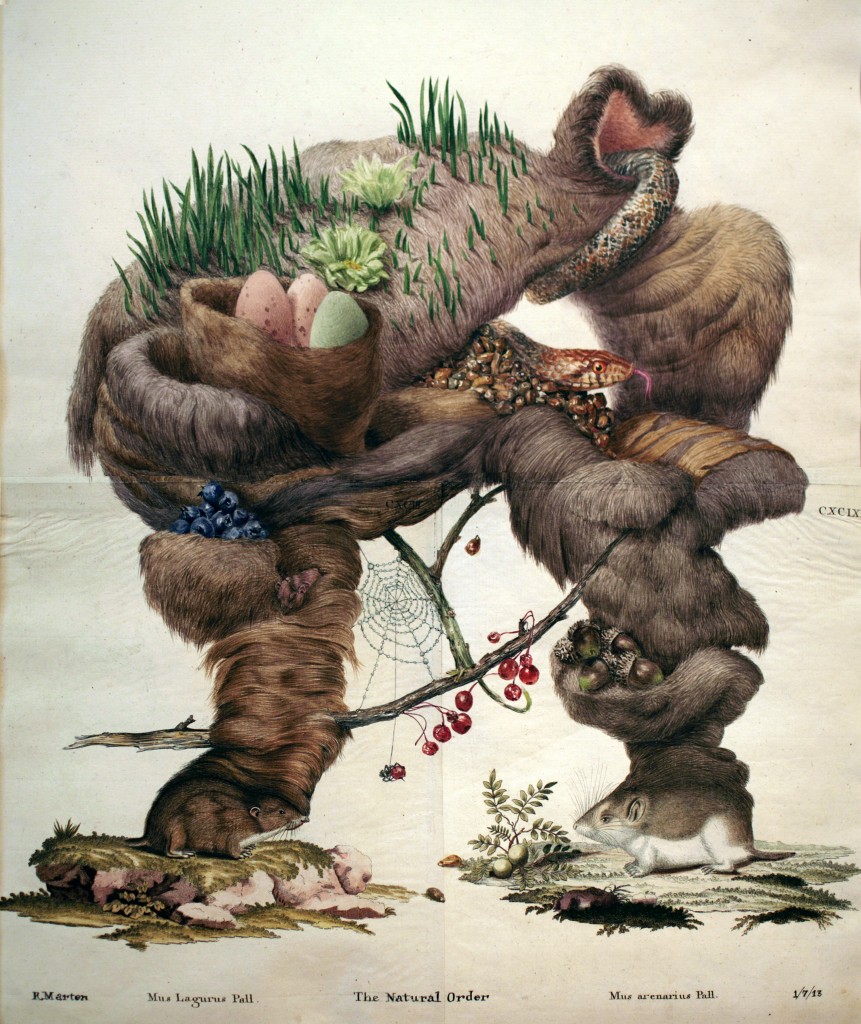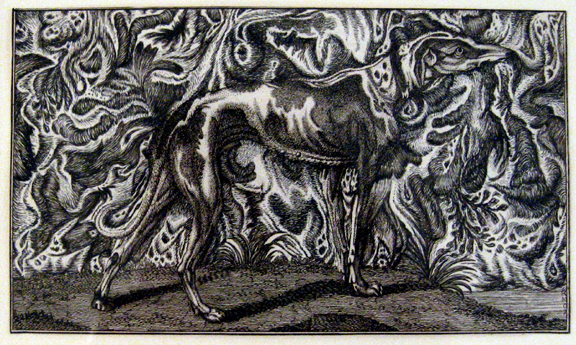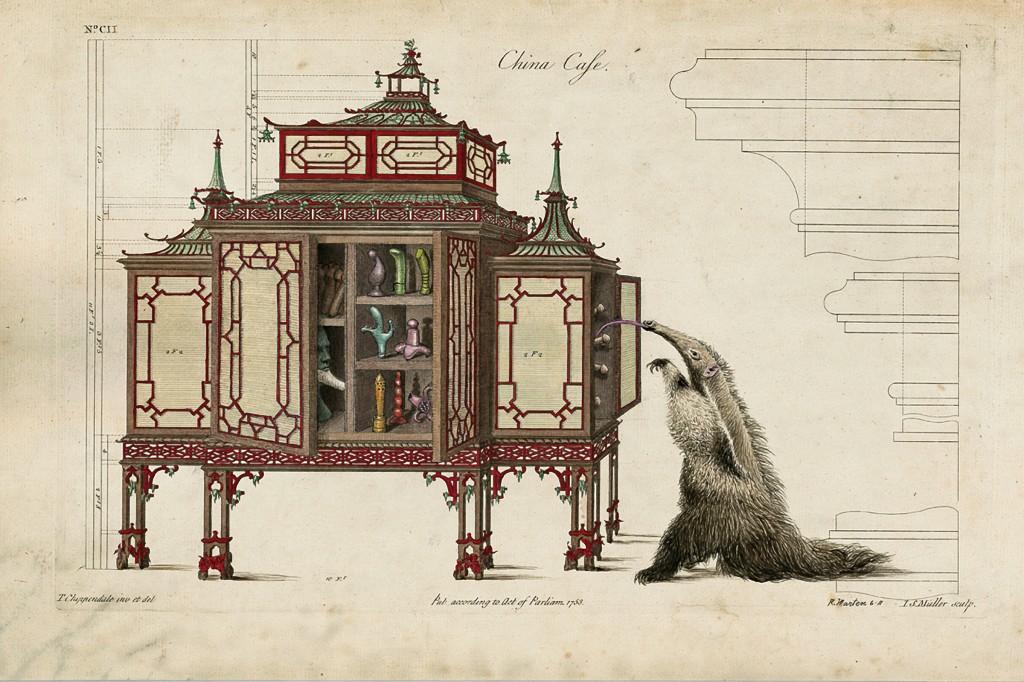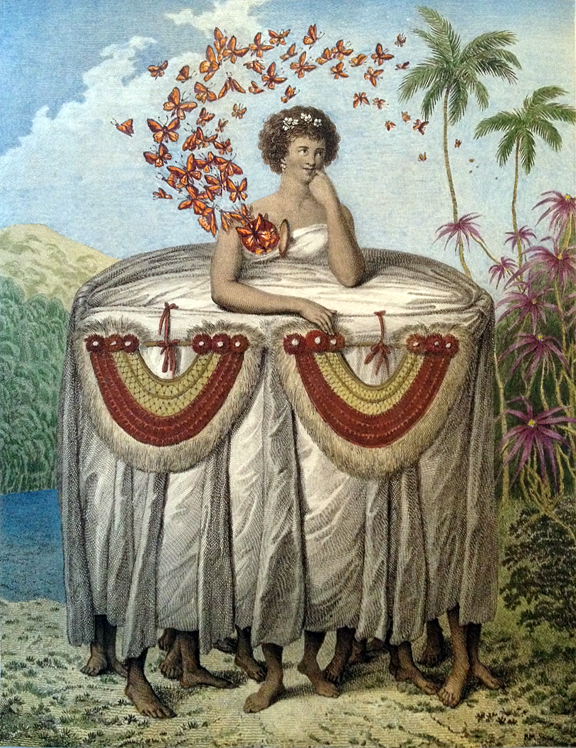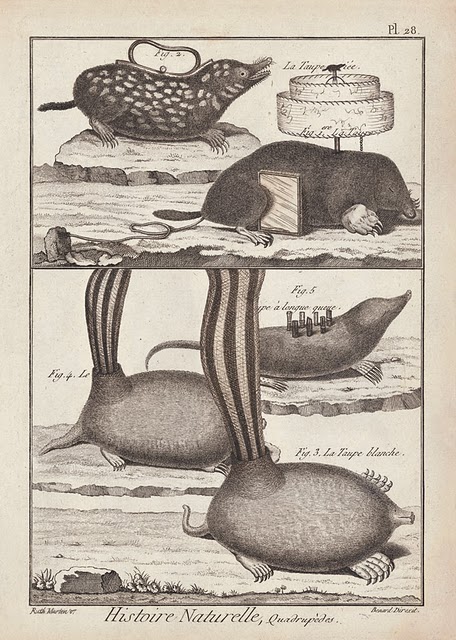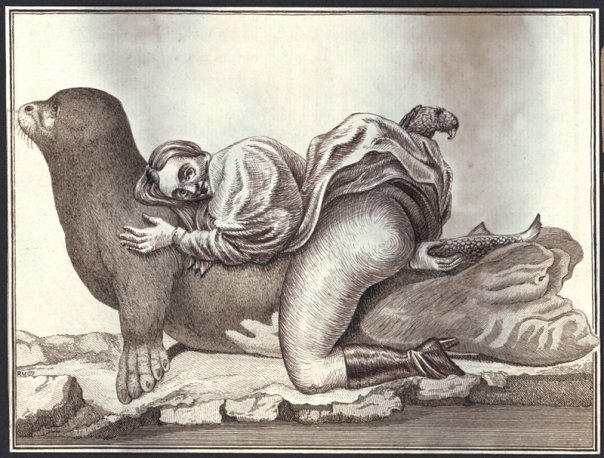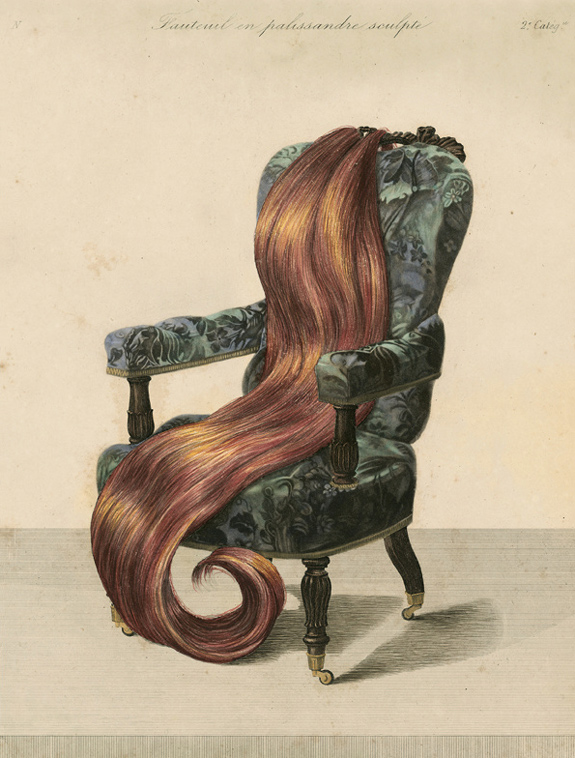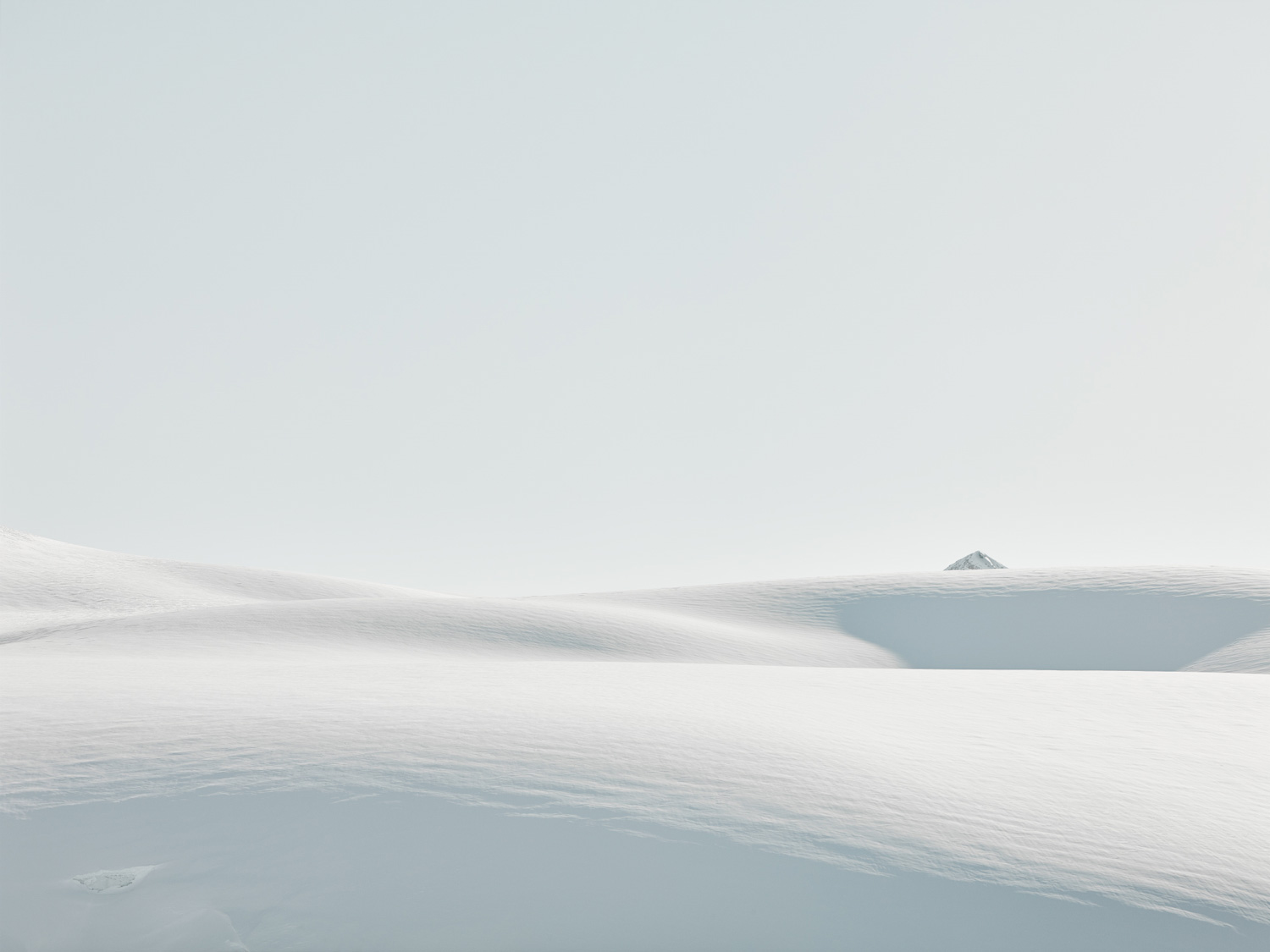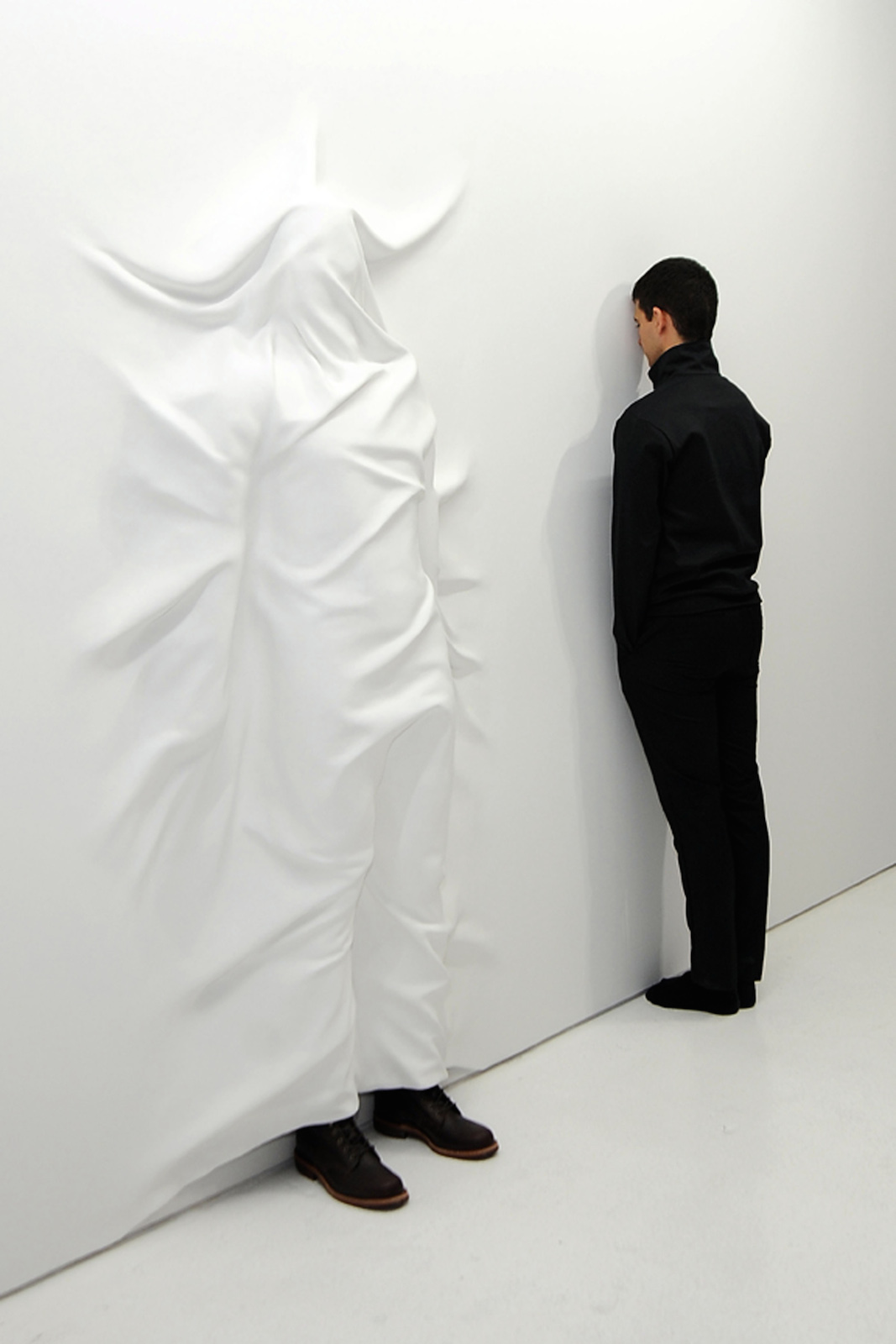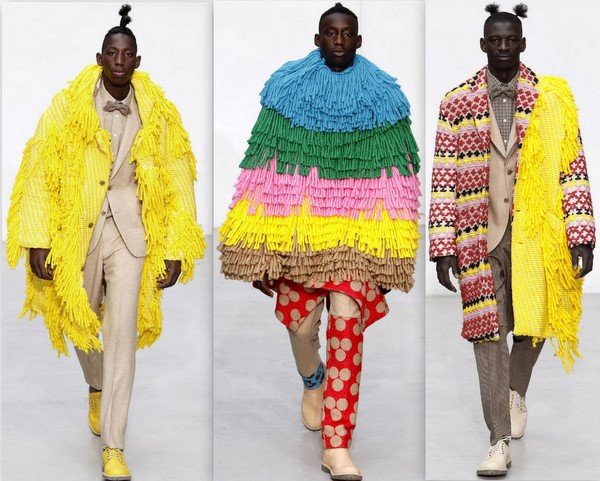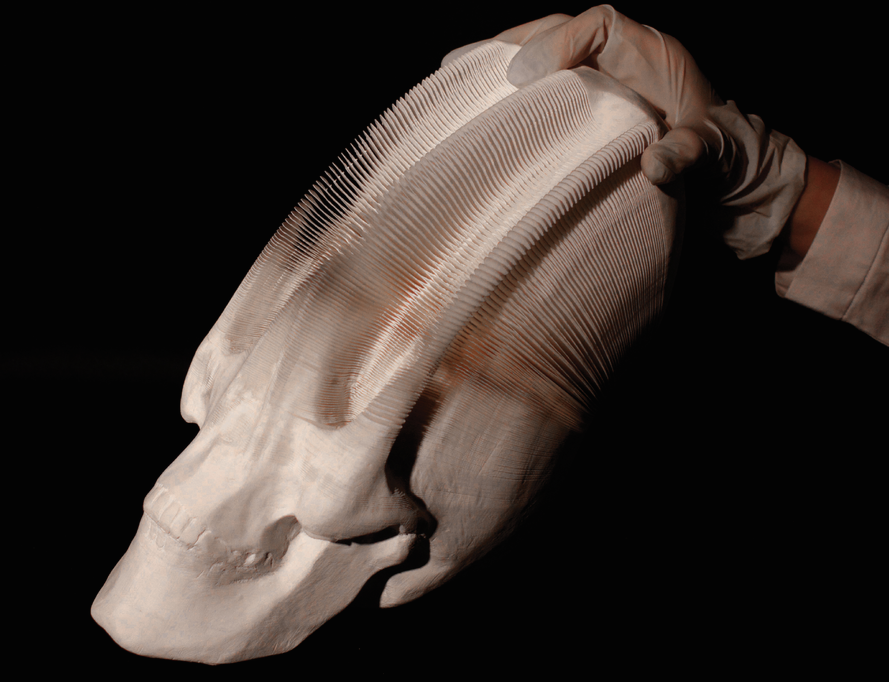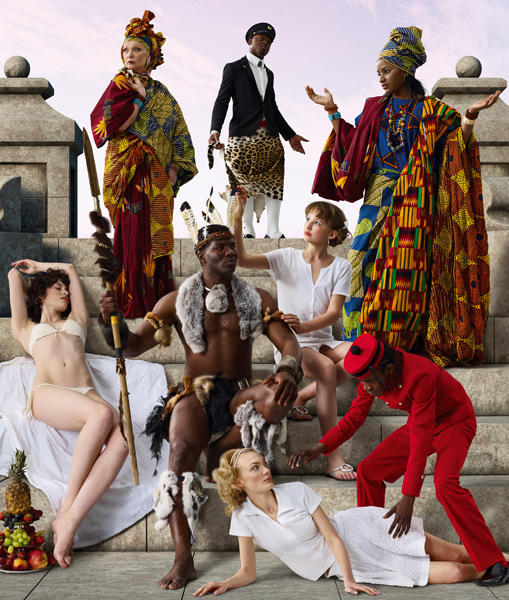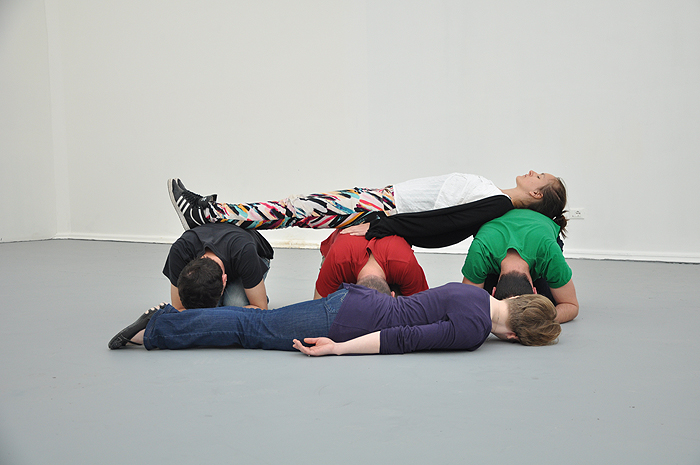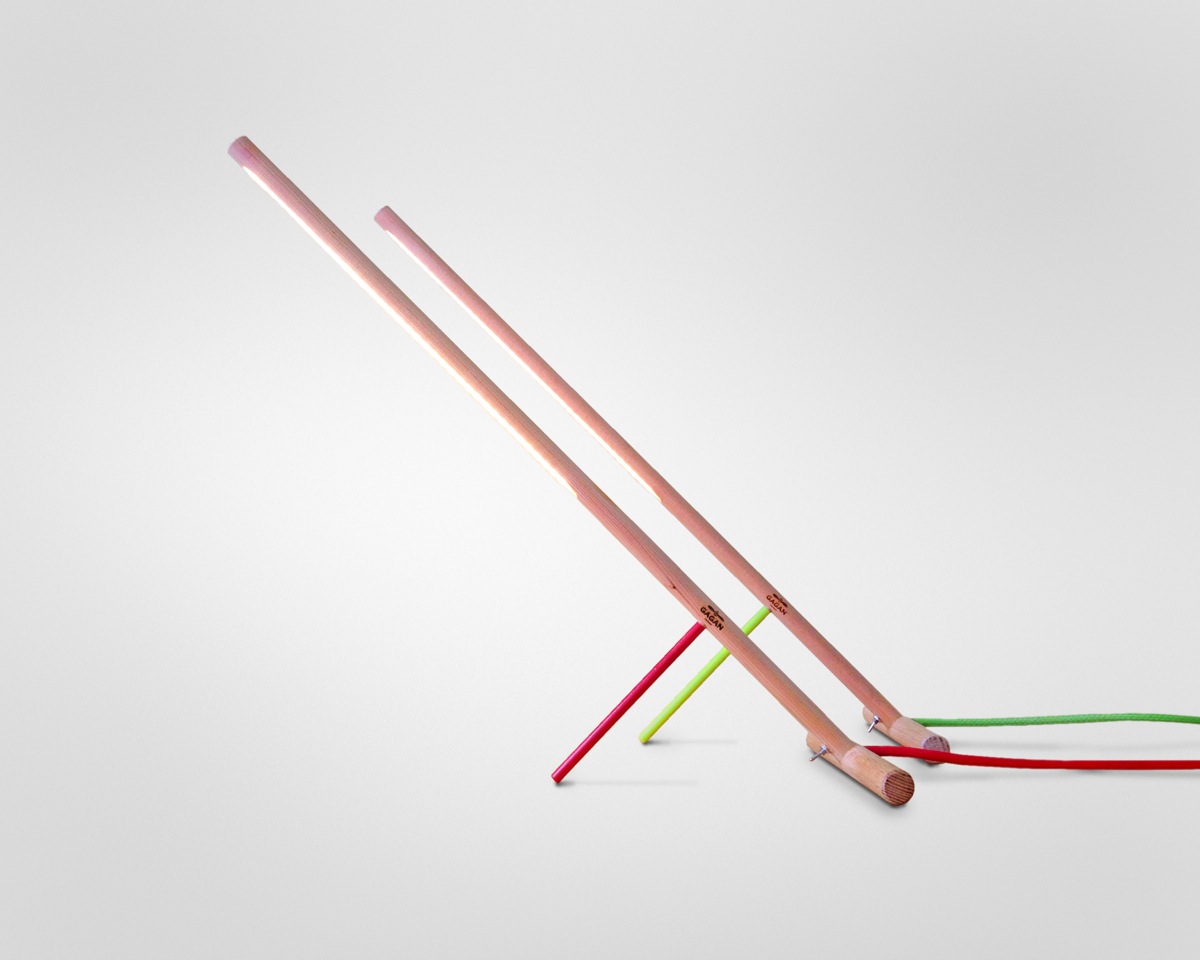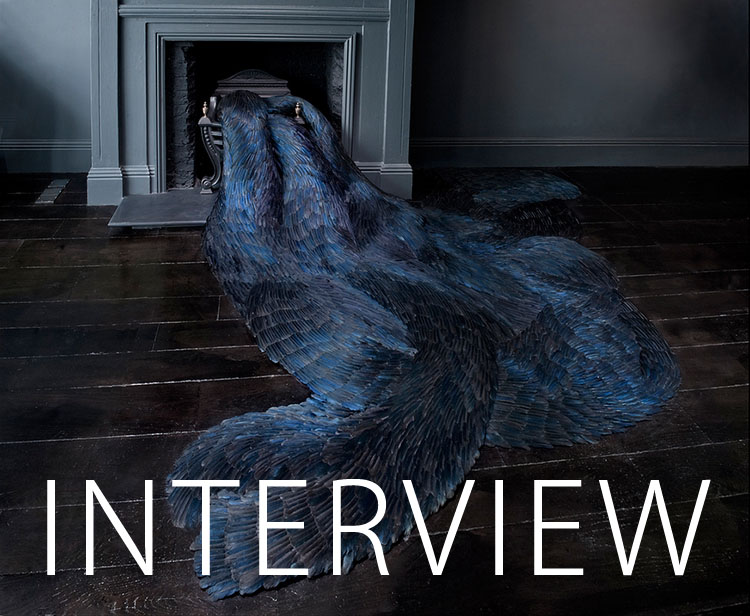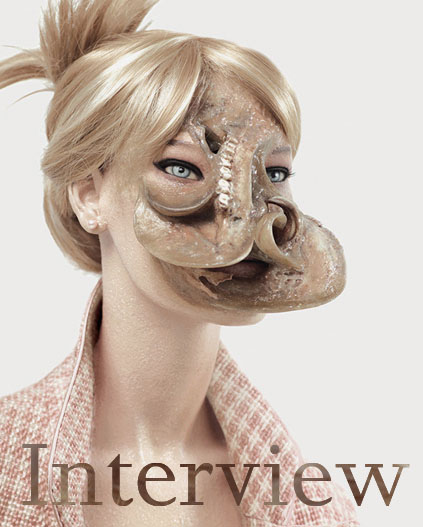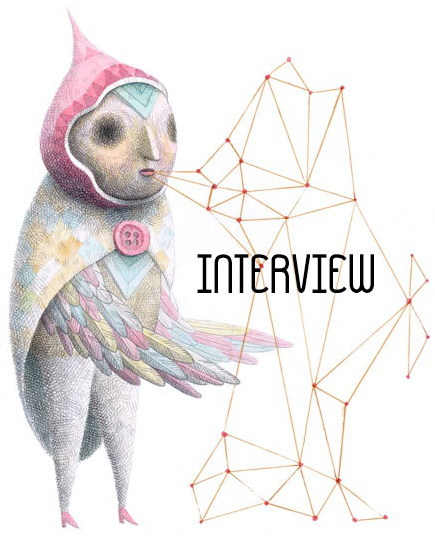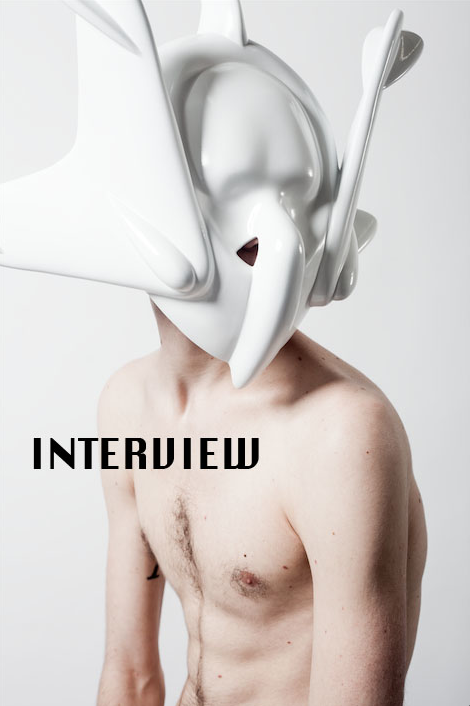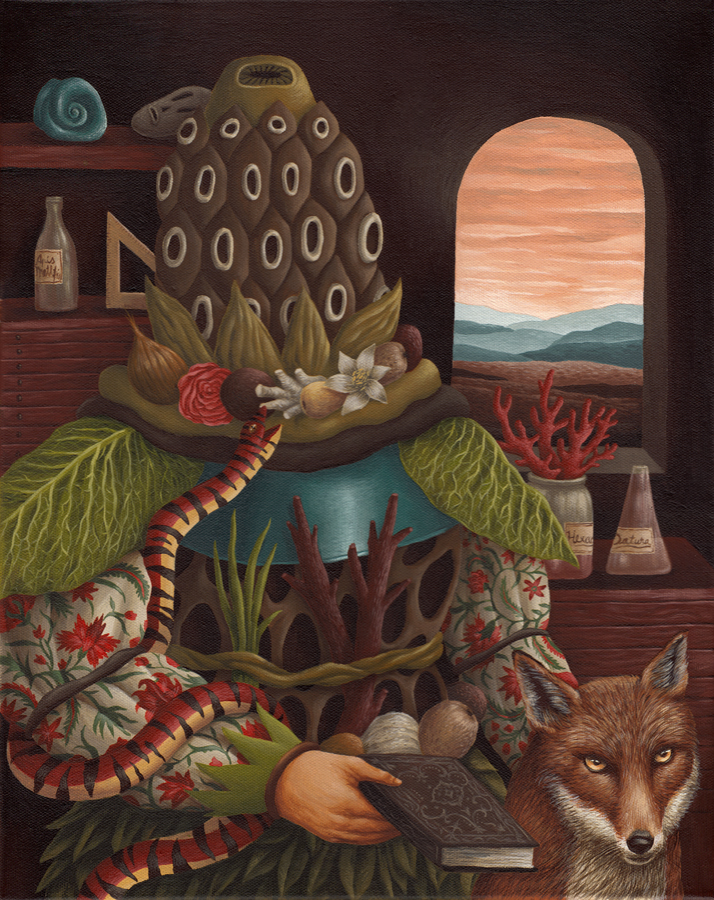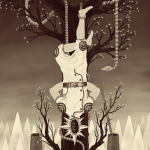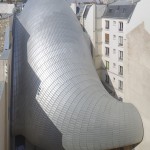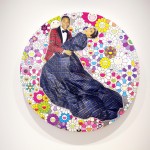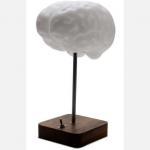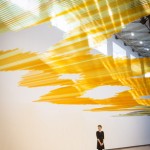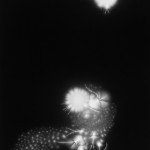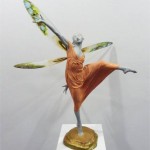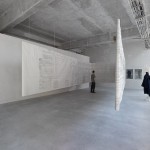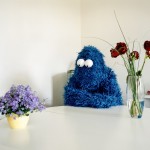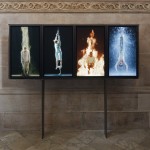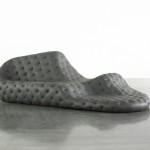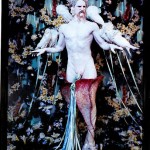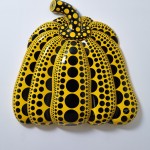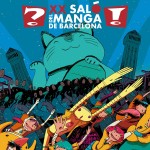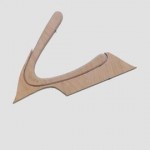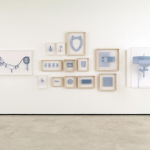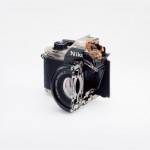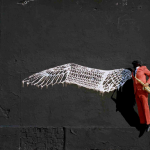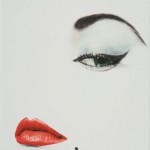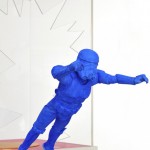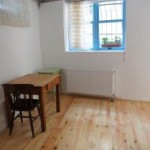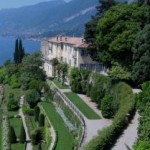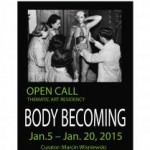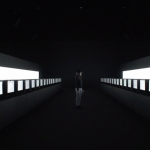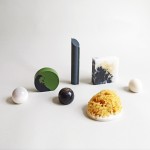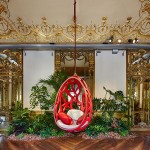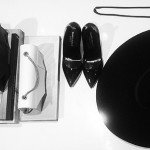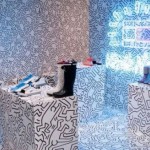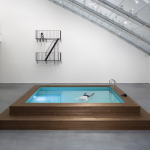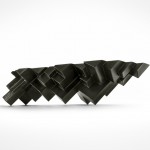INHALE is a cultural platform where artists are presented, where great projects are given credit and readers find inspiration. Think about Inhale as if it were a map: we can help you discover which are the must-see events all over the world, what is happening now in the artistic and cultural world as well as guide you through the latest designers’ products. Inhale interconnects domains that you are interested in, so that you will know all the events, places, galleries, studios that are a must-see. We have a 360 degree overview on art and culture and a passion to share.

Ruth Marten’s works on paper are a beguiling mix of the surreal and the subversive, and are often disarmingly funny. They are primarily interventions, or détournements engaging with 18th and 19th century prints and illustrations, to change and subvert their original intention or meaning. She works with Indian ink and watercolors, using her extraordinary draughtsmanship to alter, and add into, old illustrations from encyclopedias, or sometimes 18th century fashion prints. Her skill makes her additions indistinguishable from the original, and, through these additions, she creates odd disjunctions and startling, often humorous images.
Her art is full of delicacy and weird eroticism and creates a surprising new world of enchantment and strangeness, which she invites us to enter. You can see a wide range of her work on her website.
Ruth Marten started out as a tattoo artist, working on the fringes of the art world in her Native New York, long before tattooing became the socially acceptable, ubiquitous phenomena it is today. She then moved to working on paper and a long and prolific period working as an illustrator for a diverse range of clients including Jean Paul Goude, the renowned French graphic designer, producing illustrations for books, magazines and album covers. She then started to make and exhibit her own, very particular, works on paper.
Although not working in collage per se, it could be said that the aesthetics of collage, especially as developed by the surrealist Max Ernst in his groundbreaking work Une Semaine de Bonté, are a strong influence in Ruth Marten’s work.
Collage, the twentieth century technique of combining together images from radically different sources, is widely agreed to have been invented by Picasso and Georges Braque somewhere between 1907 and 1914. Picasso, speaking about the origins of collage, commented that he and Braque had been seeking a form of representation that induced in the viewer
a trompe l’esprit—a kind of ontological strangeness — instead of the more familiar, painterly trompe l’oeil. As Picasso expressed it, “in collage the displaced object has entered a universe for which it was not made and where it retains, in a measure, its strangeness. And this strangeness was what we wanted to make people think about because we were quite aware that the world was becoming very strange and not exactly reassuring.”
This trompe l’esprit can be experienced in many of Ruth Marten’s images e.g. in her Caged Birds, where the familiar image of a bird in a cage is suddenly made strange. Ruth Marten’s image shows birds in intricate cages constructed to fit them exactly, like weird fashion garments. The familiar image of a caged bird now provokes a sense of ontological strangeness and gains a strong metaphysical resonance here. The response to these images will no doubt remain a personal one, but one possible response could be to see them in terms of the close fitting cages which we create for ourselves, cages shaped by our own desires e.g. the intricate cages of demanding jobs and restrictive relationships.
via weirdfictionreview.com



